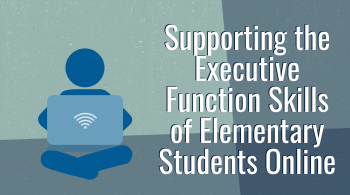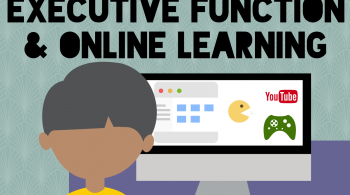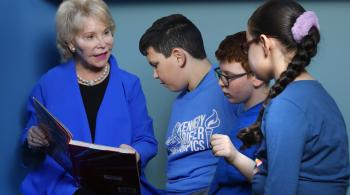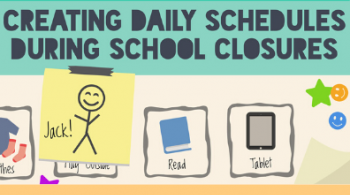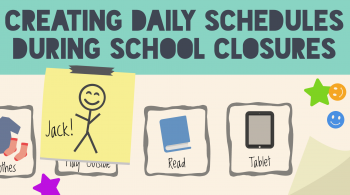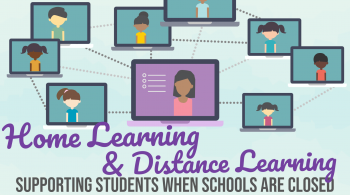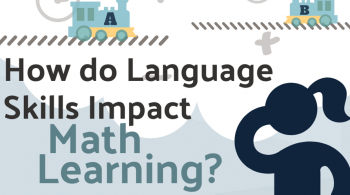By Ketia Stokes, Thomas Fare, Molly O’Brien, Lisa Carey, and Dr. Lisa Jacobson
April 10, 2018

“Teachers should develop a learning environment that is relevant to and reflective of their students’ social, cultural and linguistic experiences. They act as guides, mediators, consultants, instructors and advocates for the students, helping to effectively connect their culturally and community-based knowledge to the classroom learning experiences. “
-Bruce E. Larson
This quote by Bruce Larson identifies the powerful role teachers can have in creating a culturally responsive learning environment. When classrooms reflect the communities students live in, students develop and achieve more. Given the diversity that now exists in American classrooms, it is crucial for teachers to embrace students’ culture in the classroom. For example, from 2004 to 2014, the percentage of U.S. public school students who were White decreased to 49.5%, while the percentage of students who were Hispanic increased to 25% (NCES, 2017). This trend is expected to continue, with students from “minority” backgrounds continuing to represent the majority of the students in our schools.
From names in word problems to pictures in books, students should see themselves in the materials and curriculum used in the classroom. Classrooms need to be an environment where students feel included, thought of, and respected. To achieve this, educators need to be aware of the cultures that are represented in their classroom. Listed below are a set of resources that can help you on your quest to reflect upon and assess how culturally responsive your current classroom is.
Brown University—Culturally Responsive Teaching
Are you familiar with the term culturally responsive teaching, but aren’t sure what it really means or how to execute it? The Education Alliance at Brown University highlights seven characteristics culturally responsive teachers practice regularly, research-based rationales explaining the importance of each characteristic to student development and engagement, and strategies for how to implement those characteristics.
Education Week: UDL and Culturally Responsive Teaching
Use of the Universal Design for Learning (UDL) framework can actively support a culturally competent classroom. Joni Degner reflects on her experience becoming a more culturally responsive teacher and how it connects to the UDL framework. She focuses on building understanding through various opportunities for her students.
CAST Webinar on Cultural Variability
Classrooms today are more culturally diverse than ever before. Students are coming to school with their own personal story that is influenced by their culture. As educators, it is important we embrace these cultural stories of our learners. This CAST webinar with Joni Degner, James-Etta Goodloe, Loui Lord Nelson, and Kavita Rao discusses how to embrace the culture of our students while also empowering them to reach high expectations.
Teaching Tolerance: Culture in the Classroom
Do you have a cultural gap in your classroom? How does it affect your relationship with your students? Culture matters. Teaching Tolerance: Culture in the Classroom provides resources and tools to overcome stereotypes, develop culturally relevant curricula, and honor students’ home languages.
We hope these digital resources support you on your journey to a culturally responsive classroom. Do you know of additional tools or resources on this topic that should be included in this list? Please share! You can use the contact form below or share with other educators via social media. Once again, thank you for all you do to support students every day!!
References
Larson, B. E. (2016). Instructional Strategies for Middle and High School Social Studies: Methods, Assessment and Classroom Management. Routledge .
National Center for Education Statistics, Racial/Ethnic Enrollment in Public Schools. https://nces.ed.gov/programs/coe/indicator_cge.asp







